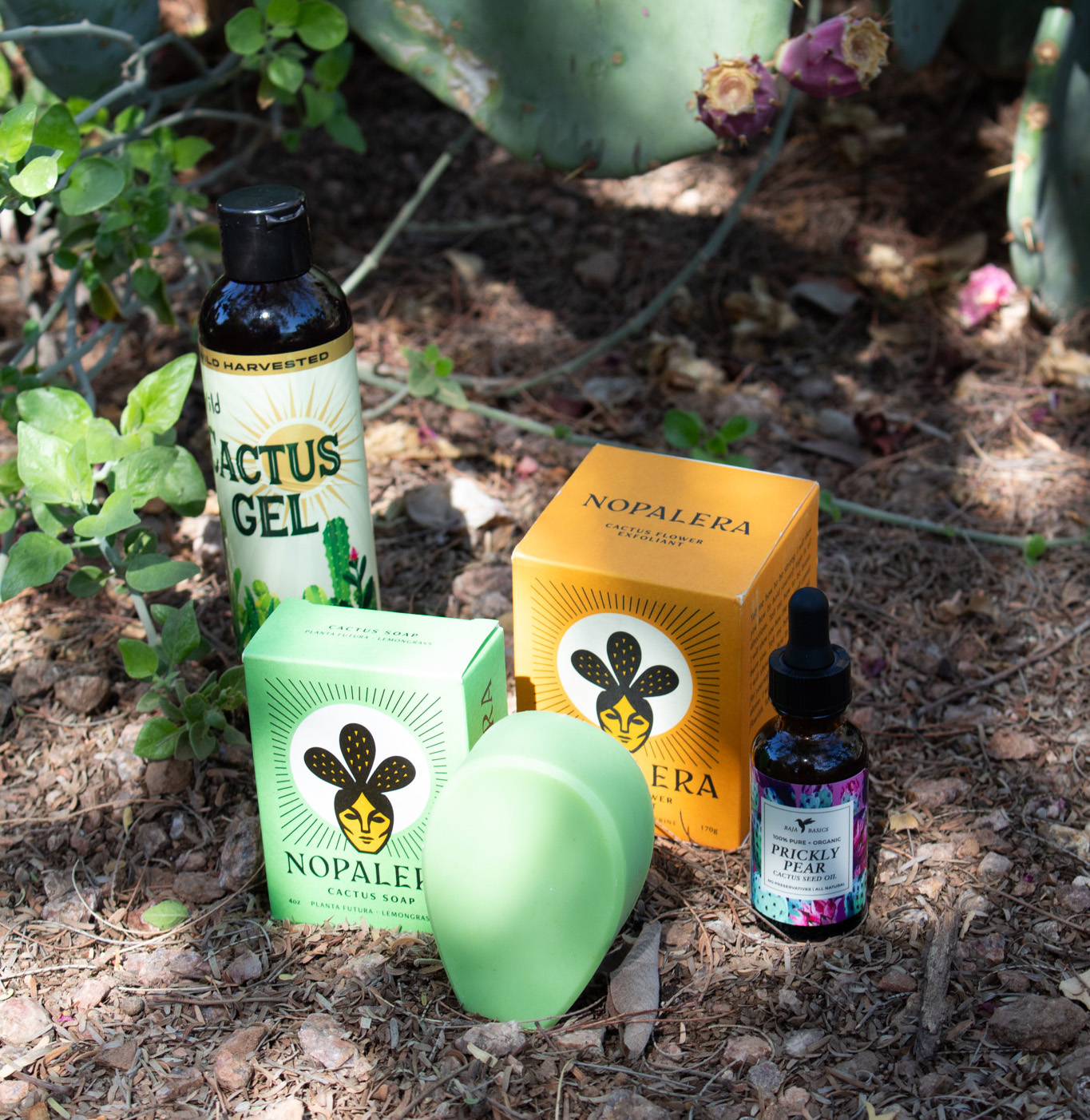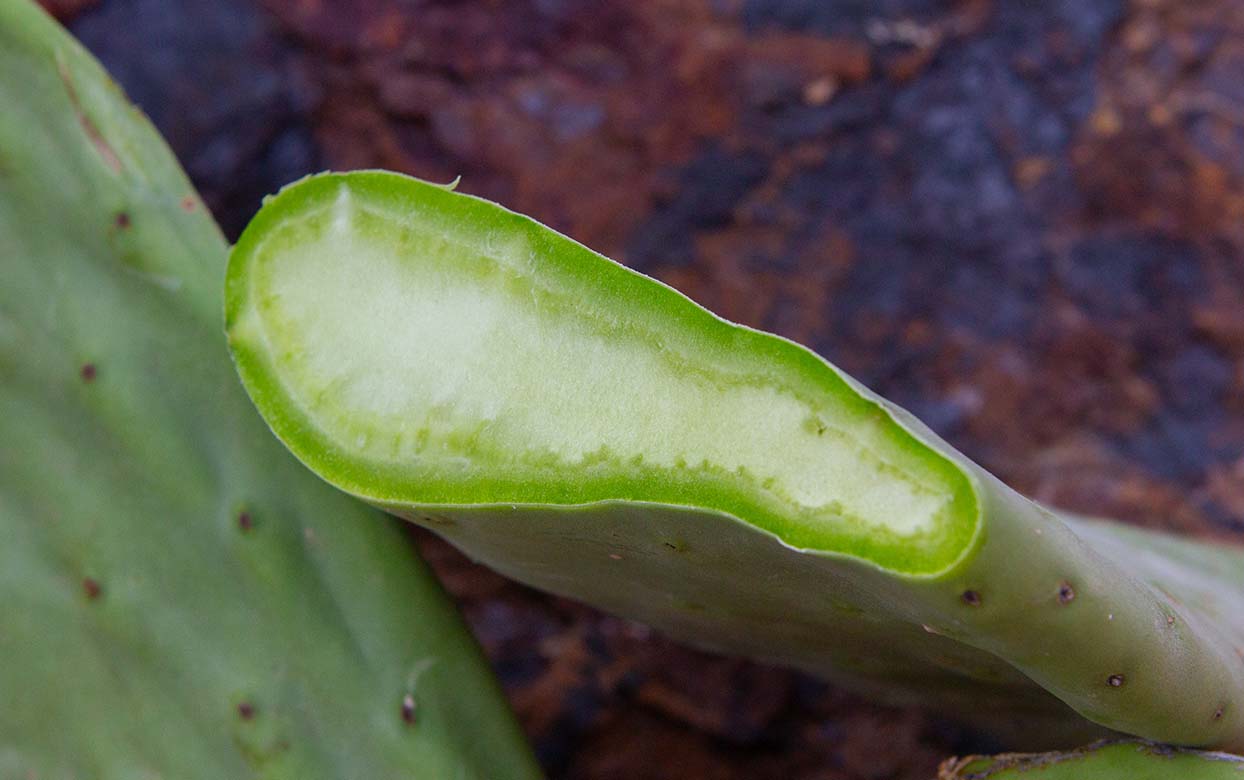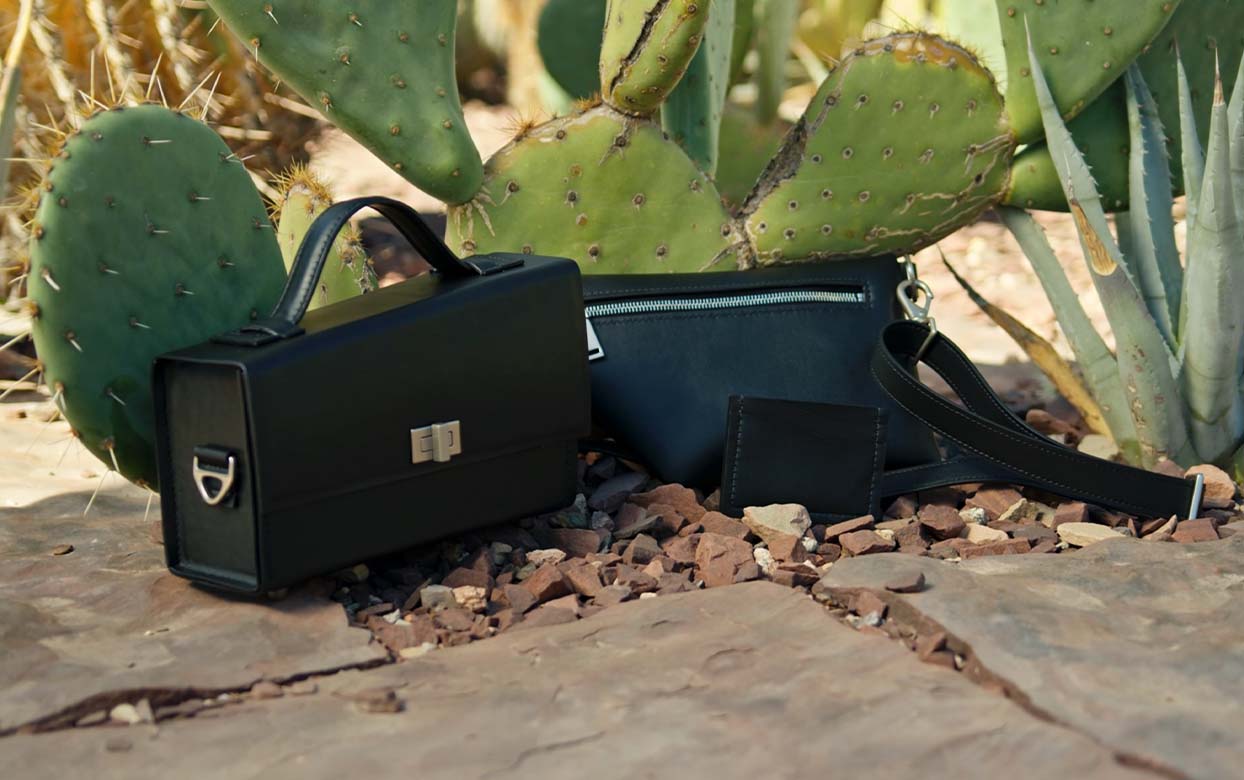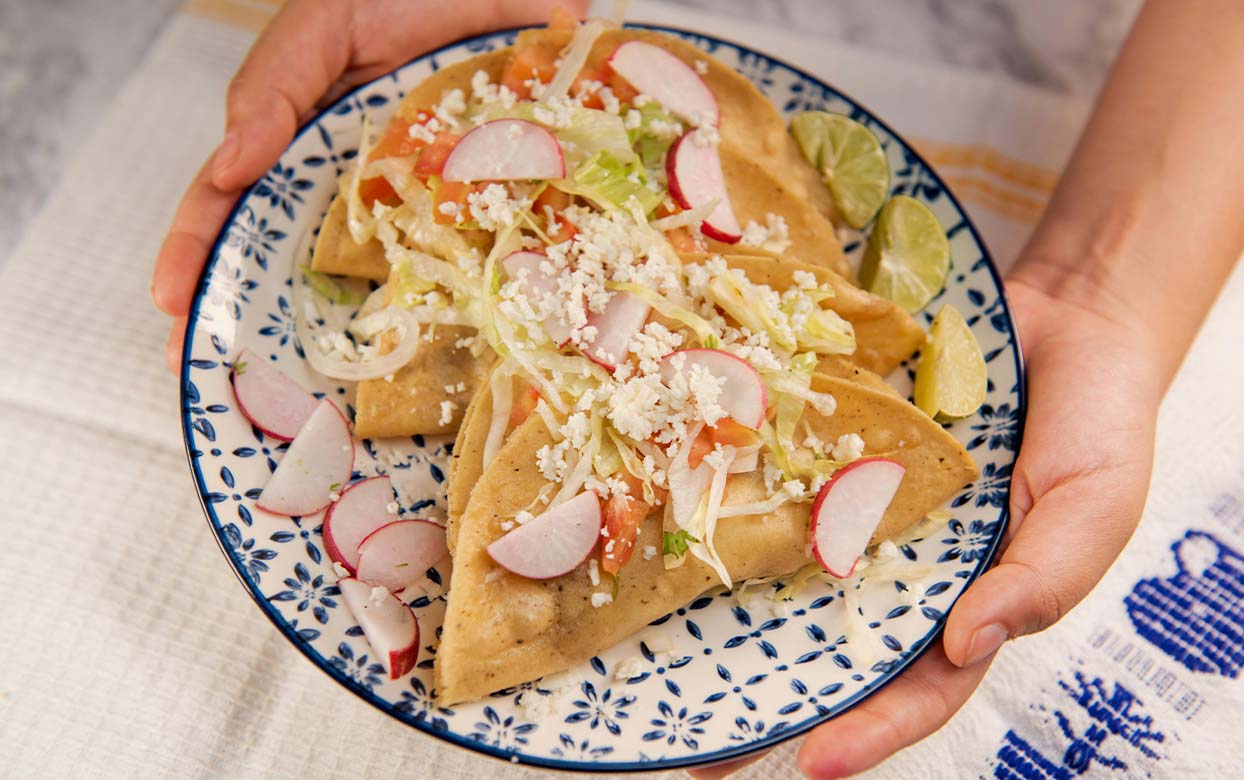Desert Botanical Garden is helping to save cactus from threats like habitat loss and poaching. At the same time, these remarkable plants are helping to save us. As climatic conditions become hotter and drier, and sustainable living becomes increasingly important, cactus are proving to be the perfect partners for humans. The star of this succulent show is the prickly pear, which humans have cultivated for thousands of years.
“Prickly pears need very little water, and that’s a real plus for the environment,”
said Garden’s Chief Science Officer Dr. Kimberlie McCue. “They can survive high temperatures, scorching sun and very little rain. Prickly pears are very resilient. There’re no pesticides required, which means no toxic chemicals into the soil. And they are really great at absorbing carbon dioxide from the atmosphere.”
Cactus are also packed with health-promoting nutrients that could benefit everything from skin damage to diabetes. Let’s take a look at all the gifts these plants provide, including clothing, cosmetics and hangover cures.

Botanical Beauty Products
Last spring, the trade publication Cosmetics Business informed their readers of the latest trend: “Cactus-infused beauty products are having their moment in 2023.” Companies are spiking soaps with nopal seed oil, toner with cactus water, concealer with prickly pear extract and moisturizer with the flowers of night-blooming cereus.
These manufacturers are certainly capitalizing on the cactus craze: These succulents are the it houseplant of the moment. As of March, #cactus had garnered 6.2 billion views on TikTok. But science actually backs up the claims about the plant’s health and beauty benefits. After all, cactus evolved in deserts, where maintaining moisture and fending off UV rays is essential for survival, so it makes sense they’d be full of compounds that hydrate skin and fight free radicals.
According to the chemistry journal Molecules, prickly pear (Opuntia ficus-indica) is packed with antioxidants such as gallic acid and quercetin 3-methyl ether, which efficiently scavenge skin-damaging free radicals. This cactus is chock-full of vitamin C, which can brighten skin and hold moisture, as well as vitamin E, which may reduce wrinkles, dark undereye circles, and the appearance of scarring. The plant contains the skin-smoothing amino acids glutamine and leucine. And the peel and seeds can be pressed into oil that is rich in essential fatty acids including linoleic acid, which can help control acne, soothe irritation and plump up the skin.

Green Medicine
Long before Western laboratory-based science confirmed that cactuses are anti-inflammatory, antimicrobial and antioxidant, traditional healers learned and cultivated the healing powers from these plants. For millennia, Native American peoples have placed prickly pear flesh on wounds or burns to promote healing and reduce swelling. These communities have used cactus pads and fruit to treat rheumatism, mumps, edema, dysentery, indigestion and a variety of other ailments.
Prickly pear’s most promising medicinal use today is in the potential treatment of Type 2 diabetes, which affects 536 million people worldwide. A 2019 review of scientific research concluded that prickly pear pads (but not fruits) demonstrated significant positive health effects in diabetic people, including notable reductions in serum glucose and insulin. The authors speculated that numerous factors contribute to this effect, including the cactuses’ high amounts of fiber, insulin-like substances, and antioxidants. In addition, preliminary studies have found that prickly pear has antiviral powers against herpes, respiratory syncytial virus and even HIV.

Eco-Loving Leather
The prickly pear cactus – or nopal – is important to Mexico’s culture. The plant appears on the national flag, and the country’s markets are filled with the bright green pads called nopales. So, when Mexican entrepreneurs Adrián López Velarde and Marte Cázarez were dreaming up a green alternative to leather and plastics, an idea quickly took root in their minds: Why not use nopal cactus?
López Velarde and Cázarez had worked in the automotive and fashion industries, understanding the problems with leather and pleather (vegan leather). Leather usually comes from cows farmed for meat, so it’s metaphorically stitched together with the harms of intensive factory farming, including animal cruelty, the clear-cutting of rainforests, staggering water and land use, mass production of climate-warming methane, and polluted waterways. What’s more, leather is typically tanned with carcinogenic formaldehyde and chromium, plus other toxic chemicals that are sometimes dumped into the environment. Pleather is hardly better. It’s usually made from petroleum-based plastic polymers laced with hormone-disrupting phthalates and bisphenol A.
Transforming prickly pear into leather is more planet-friendly. López Velarde and Cázarez’s company Desserto harvest the pads twice annually. Then they mash the pads, dry them, extract their proteins
and fibers, and turn the resulting powder into a resin. This paste is spread over recycled polyester or cotton to form a flexible leather. Desserto has collaborated with major brands like H&M, BMW and Mercedes-Benz to create everything from handbags to high heels to car seat upholstery.
To learn more about cactus leather, click here.

Plant-Saving Stews and Brews
A few years ago, the United Nations championed an innovative solution for the growing threats of water scarcity and food insecurity: prickly pear.
“Climate change and the increasing risks of droughts are strong reasons to upgrade the humble cactus to the status of an essential crop in many areas.”
– Hans Dreyer, UN’s Food and Agriculture Organization,
This is hardly a new concept. Mesoamericans cultivated Opuntia ficus-indica at least 9,000 years ago, at about the same time Eurasian peoples began domesticating wheat. Cactus has long been an ally for desert-dwelling peoples, who have conceived of myriad ways to prepare the okra-flavored flesh and sweet-tart fruits.
In Mexico and the U.S. Southwest, nopales are scrambled with eggs, tossed into salad or salsa, stewed with tomatillos, and grilled and stuffed into tacos. The fruits can be candied, juiced, stirred into horchata (a rice milk and cinnamon drink), or simmered into jam.
Indigenous peoples such as the Tohono O’odham not only eat prickly pear but also cholla buds, which can be boiled, dried, and mixed into stews. In addition, the O’odham harvest saguaro fruit, which can be eaten plain, boiled into syrup or fermented to make ceremonial wine. Meanwhile, barrel cactus flower buds can be pickled, and the seeds can be toasted and blended into breads or cereals.
Inspired by these traditions, some advocates are trying to make cactus the next hot food. Companies are making crunchy nopales snacks, grain-free nopales tortilla chips, and electrolyte-filled cactus water. Phoenix-based Arizona Wilderness Brewing Co. crafts Cactus Juice beer with Arizona Cactus Ranch’s prickly pear nectar. That’s a compatible combination, since scientific studies have found that prickly pear can ease hangovers.
Article by Keridwen Cornelius
